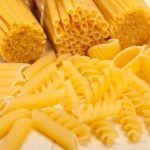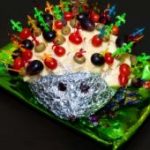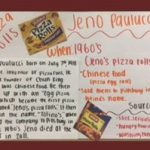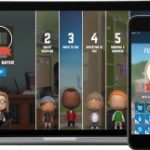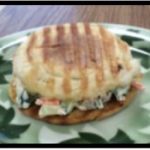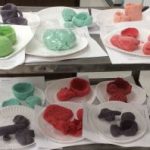
I spent time this past summer browsing on the internet and reading teacher comments on Twitter. One of my favorite things is to watch TedTalk videos. I kept coming across ideas that what we teach students will be obsolete in 40 years, many future careers have not been invented, how fast knowledge doubles, advances in artificial intelligence, brain research, etc. So, what’s a teacher to teach? Or more importantly, what is it that students must be able to know and do to thrive in a future world full of unknowns? You may have additional thoughts but some of mine are students must be literate, be adaptive, be problem solvers, be able to think-outside-of-the-box, use technology, communicate effectively with others, work with others, and re-invent themselves in the workplace. Then, for the first time in my long career, my school adopted a partial block schedule with the first 2 days of the school year being block days. Students need to have positive experiences so they want to come back the next day plus I didn’t want to bore them. So, I wrote the Gidgee Gadget lesson. Take a look below to see what it’s all about!
Read more →


